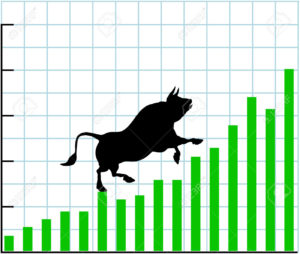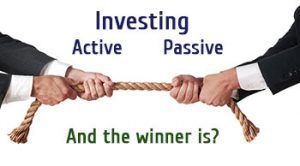
Many (maybe most) investors are looking for the perfect investment portfolio – the ideal mix of investment assets that will lead to outsized gains, and low volatility, over an extended timeframe.
There are many, many factors to consider in designing an investment portfolio, and an almost infinite set of criteria that can be applied. A by no means definitive list of options could include: stocks v fixed interest v property v cash, passive v active management, developed v emerging markets, NZ v Australia v international, currency hedged v unhedged, short term bonds v long term bonds v term deposits, commercial v residential property, value v growth, high v low volatility, momentum v contrarian, etc, etc.
Unfortunately, building the perfect portfolio is only possible in retrospect. There simply is no way to definitively know what particular mix of investments will be best going forwards.
That said, I do have some recommendations for designing an investment portfolio:
- Define your investment goals. What do your investments need to deliver to meet your goals? Are your investment goals compatible with your risk profile (see next point)?
- Set the right risk tolerance. This is the degree to which you can stand ups and downs. Ups are all good, but can you cope with your portfolio losing 30% in one year? This is a financial capability question and an emotional tolerance question. If you can’t cope, either financially or emotionally, design a less risky portfolio (as long as it still meets your investment goals).
- Match your asset allocation to your investment goals and risk tolerance. If you really couldn’t cope with a 30% fall in the value of your investments, don’t invest everything into shares or property (as an example). A financial adviser can help with this.
- Keep things simple. This is easy. If you don’t understand how an investment works, don’t invest in it.
- Diversify. Diversification is one of the few “free lunches” available to investors. A well diversified portfolio (a large spread of investments) can achieve the same expected returns as a less diversified portfolio, but with lower volatility. It’s a theoretical advantage worth having.
- Rebalance. Your ideal portfolio may be 50% shares and 50% fixed interest. If your actual mix strays significantly from this (say more than 15-20%), it’s time to rebalance back to your ideal mix by selling some assets and buying others. This is a disciplined way of selling high and buying low and works when markets are rising or falling.
- Sick with it, and be patient. Maintain your portfolio mix for years, and maybe even for decades. It’s easy to get excited by the latest fad – crypto currencies, tech stocks, Auckland real estate, whatever. But don’t get sucked into chasing returns by “skating to where the puck was”. This will usually be counter-productive.
It’s highly likely that your investment portfolio won’t turn out to be the optimal portfolio – there will always be portfolios that will do better (higher returns, less volatility) – but you won’t know which ones until after the fact! However, if you do stick with the above guidelines, you will be giving yourself a very good chance to be successful and to meet your financial goals.
Dean Edwards








